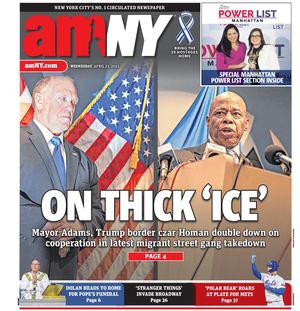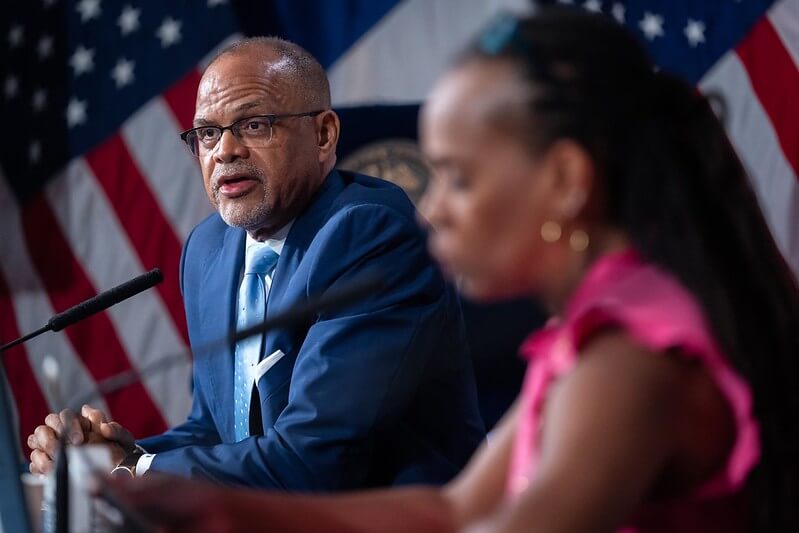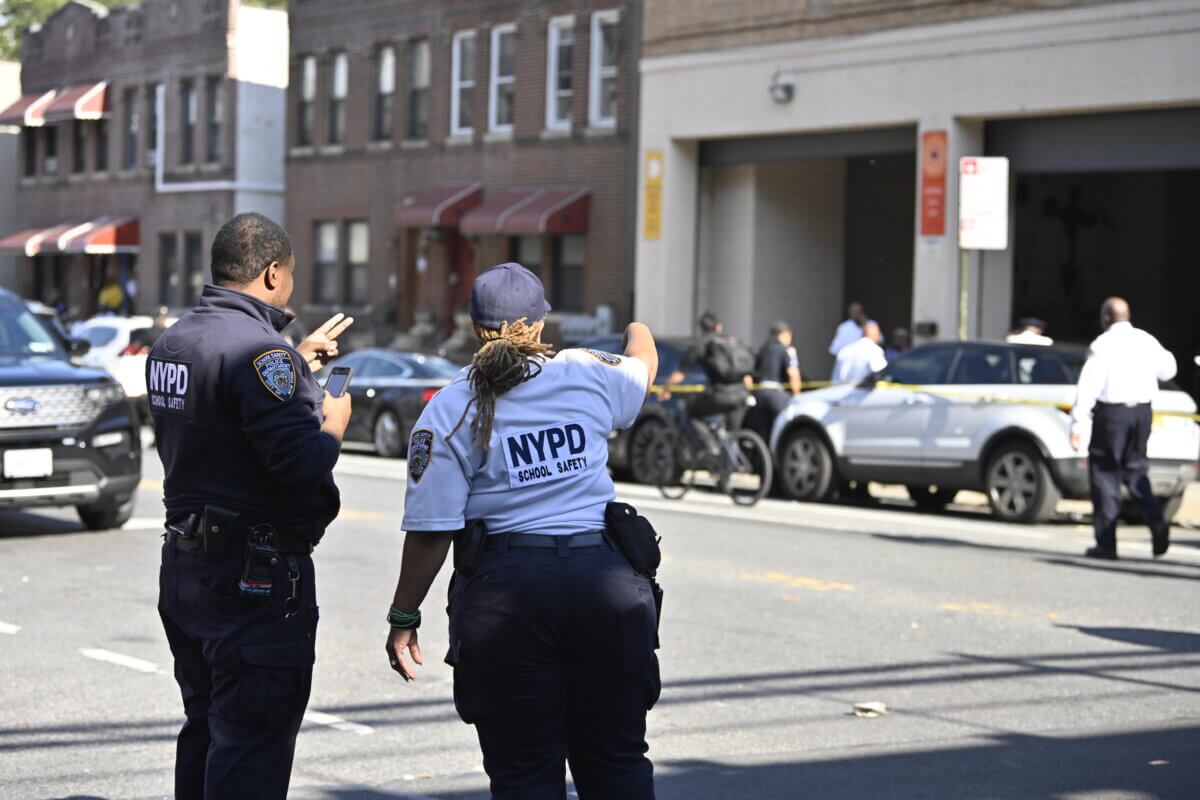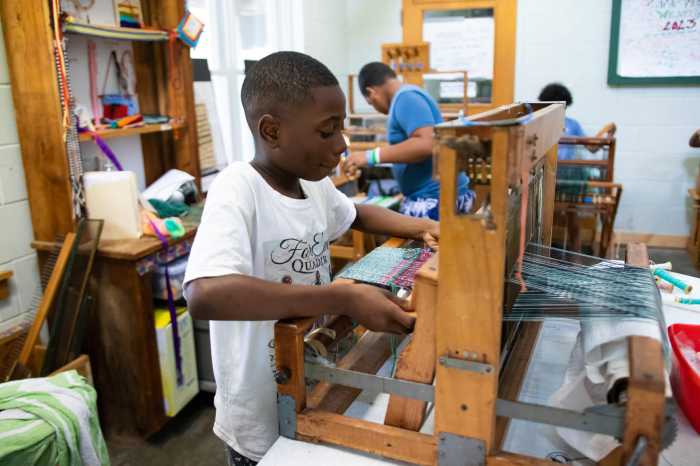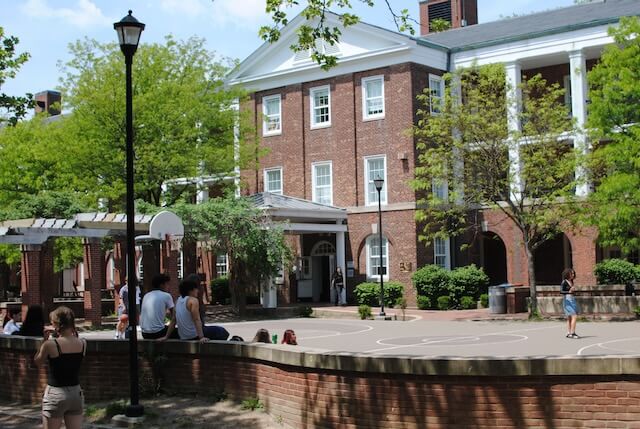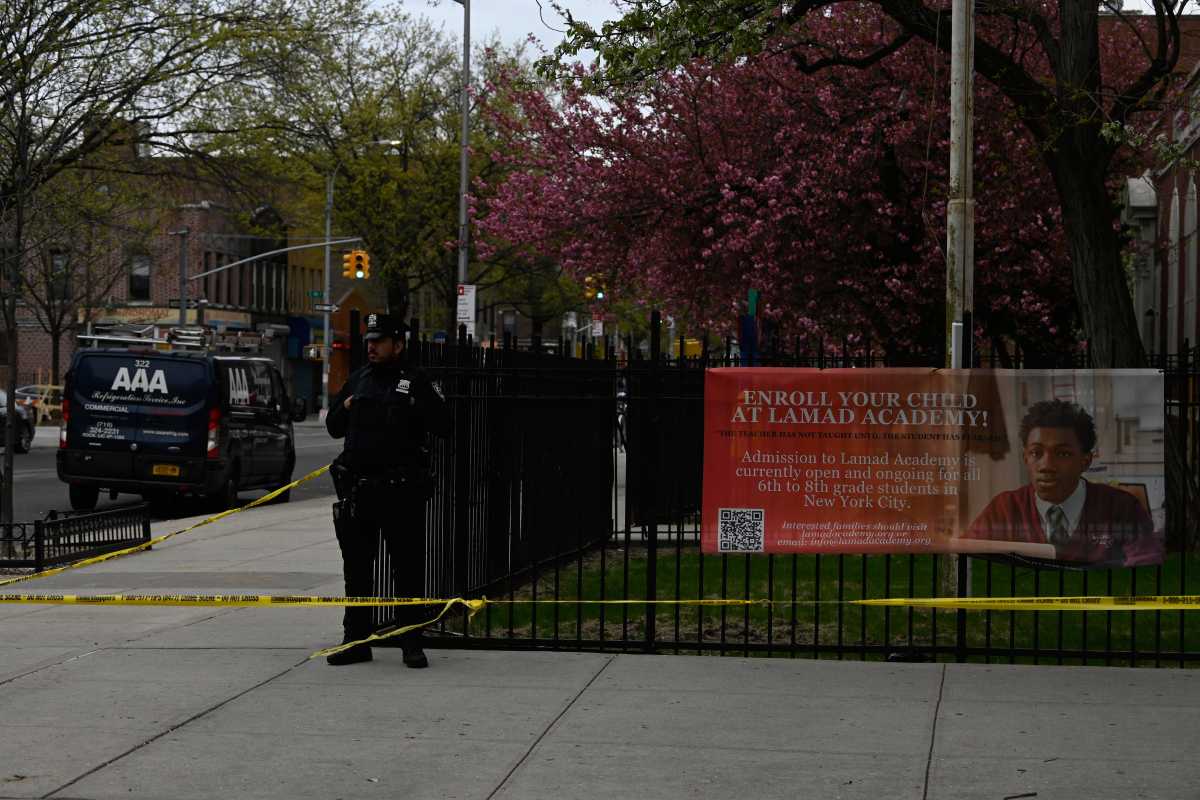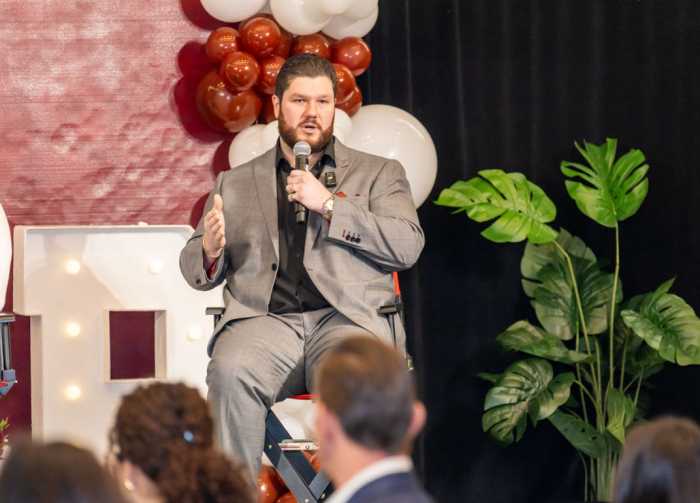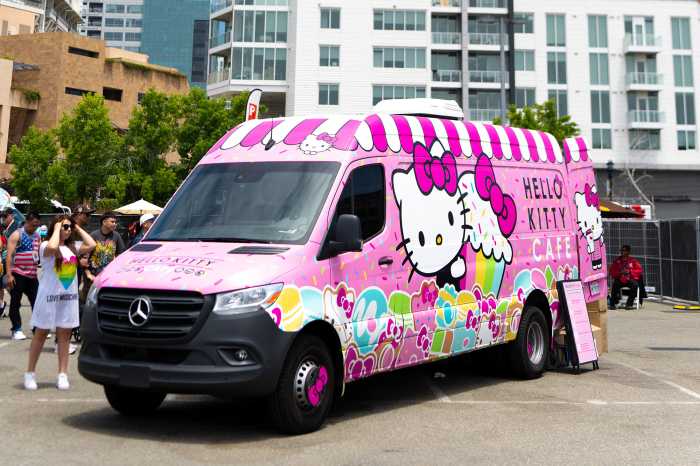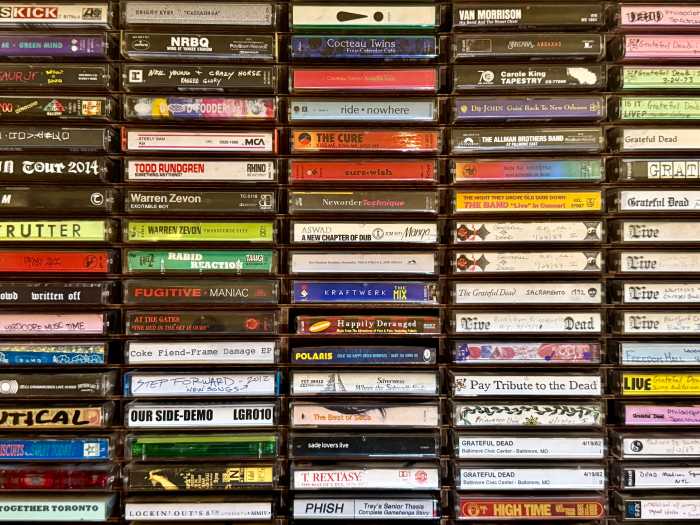There is nothing like the start of a new school year. I’ve been in education for almost four decades – for the past 20 months, as Chancellor of the largest school system in the country – and still, every September fills me with a sense of possibility. There is so much brilliance within each of our children. It is our job, as adults, to maximize their potential, and it’s a responsibility I take very seriously. So in my conversations with educators and families about the year ahead, I often ask them to consider: What is the purpose of school?
Back when Mayor Adams offered me this role, my team and I used this same question to craft our mission statement for New York City Public Schools: to ensure each student graduates on a pathway to a rewarding career and long-term economic security, equipped to be a positive force for change. I like to sum this up as “bright starts and bold futures.” We give our kids the foundational skills—literacy, safety, emotional wellness—for bright starts, and we prepare and empower them to build bold futures, futures that give them meaning, sustain them financially, and propel them to be leaders in our communities.
Yet we cannot claim to give our students a bright start if we aren’t teaching them to read, write, and think critically about the issues of our time. In 2022, 51% of our students – including nearly two-thirds of our Black and Latino students – were not reading at grade level. These results are unacceptable.
For too long, many of our schools used an approach called Balanced Literacy, one that failed far too many of our children. This approach told students to use pictures to guess the words on the page, instead of actually sounding them out. This is a fundamentally misguided method. In New York City, we’re finally replacing it with a playbook that works, grounded in the science of reading – because we know that for our children to love to read, we must first teach them how to read.
This fall, as part of our NYC Reads initiative, over 90% of our early childhood programs are rolling out unified instructional materials that support literacy at the earliest ages. Elementary schools in about half of our districts are adopting one of three research-based curriculum options. We are also providing intensive professional learning and coaching for our educators, so they feel prepared and empowered to make this shift. All remaining early childhood programs and elementary schools will implement NYC Reads next school year.
But this is just the beginning. We have a long way to go to ensure that every student, in every subject and grade level, has access to challenging, relevant content each day, and that our educators are supported to do their best teaching. So, over the coming years, my team and I will announce new approaches to curriculum and instruction across all our core subjects, in all grade levels, just as we have for early literacy through NYC Reads.
Alongside a strong foundation, we need to prepare our students for bold futures, for life outside the four walls of a classroom. In this regard, too, we have a long way to go.
In 2011, about 74,000 students entered ninth grade in New York City. Four years later, only 52,000 of these students graduated high school. By 2021, six years after graduation, just 20,000 had earned a Bachelor’s degree – and what’s worse, less than half were Black or Latino, despite being nearly 70% of the original ninth-grade cohort.
We are determined to rewrite this script. By 2030, every single one of our students will leave us with a concrete plan for a rewarding life path. That plan will be more than an idea; it will be bolstered by access to paid work experiences, early college credits, career credentials, financial and digital literacy, and significant mentorship and guidance.
We are infusing our high schools with career-connected learning. These are not the vocational programs of the ’70s and ’80s; these initiatives, including FutureReadyNYC and our Modern Youth Apprenticeship, prepare and connect our students to high-tech, high-demand careers: cybersecurity, software development, diagnostic medicine, and business management, to name a few. We are partnering with leaders in the private sector, including Northwell Health, Google, Goldman Sachs, JP Morgan Chase, and Accenture, who recognize that investing in our kids is not just a moral imperative – it’s an economic one, too. For our country to remain globally competitive, we need to get our kids off the sidelines and into the game, starting with a reimagined high school experience.
Bright starts, bold futures – these are the promises of a public school education. And we are going to fulfill these promises for every child in New York City – because that is the purpose of school.
